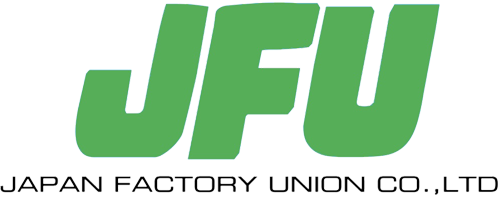
Preventing deformation judgment during bearing heat treatment
1. Use reasonable cooling methods:
The cooling process after metal quenching is also an important cause of deformation. Hot oil quenching has less deformation than cold oil quenching, generally controlled at 100 ± 20 ℃. The cooling capacity of oil is also crucial for deformation.
The stirring method and speed of quenching both affect deformation. The faster the cooling rate of metal heat treatment, the more uneven the cooling, the greater the stress generated, and the larger the deformation of the mold bearing shape. Pre cooling can be used as much as possible while ensuring the hardness requirements of the mold; The use of graded cooling quenching can significantly reduce the thermal stress and structural stress generated during metal quenching, and is an effective method to reduce deformation of some complex shaped workpieces; For some particularly complex or high-precision workpieces, using isothermal quenching can significantly reduce deformation.
2. Use appropriate media:
On the premise of ensuring the same hardness requirements, oily media should be used as much as possible. Experiments and practices have shown that, under the same conditions, the cooling rate of oily media is slower, while that of aqueous media is relatively faster. Moreover, compared with oil-based media, changes in water temperature have a greater impact on the cooling characteristics of water-based media. Under the same heat treatment conditions, the deformation of bearings quenched with oil-based media is relatively small compared to those quenched with water-based media.
3. The structure of the parts should be reasonable:
During the cooling process after metal heat treatment, the thin parts always cool faster and the thick parts cool slower. Under the condition of meeting actual production needs, efforts should be made to minimize the thickness difference of the workpiece, and the cross-section of the part should be as uniform as possible to reduce the distortion and cracking tendency caused by stress concentration in the transition zone; The workpiece should maintain symmetry between its structure, material composition, and microstructure as much as possible to reduce distortion caused by uneven cooling; The workpiece should avoid sharp edges, grooves, etc. as much as possible, and there should be rounded transitions at the junction of thickness and step of the workpiece; Minimize the asymmetry of holes and groove reinforcement structures on the workpiece as much as possible; The method of reserving machining capacity is used for parts with uneven thickness.
Bearing maintenance: In order to maintain the original performance of bearings in good condition for as long as possible, maintenance and repair are necessary to prevent accidents in advance, ensure the reliability of operation, and improve productivity and economy.
It is best to maintain the corresponding mechanical operating conditions according to the operating standards and conduct regular maintenance. The content includes monitoring the operating status, supplementing or replacing lubricants, and conducting regular disassembly inspections. The maintenance items during operation include bearing rotation noise, vibration, temperature, lubricant status, and so on.
Bearing maintenance: Bearing cleaning: When disassembling the bearing for maintenance, first record the appearance of the bearing, confirm the residual amount of lubricant, take samples to check the lubricant used, and then wash the bearing. As cleaning agents, gasoline and kerosene are commonly used.
The cleaning of the removed bearings can be divided into coarse cleaning and fine cleaning, and they should be placed in containers separately. First, a metal mesh pad should be placed on top to prevent the bearings from directly contacting the dirt in the container. During rough cleaning, if the bearing is rotated with dirt, it will damage the rolling surface of the bearing, and attention should be paid. In the coarse cleaning oil, use a brush to remove lubricating grease and adhesives. After a rough cleaning, switch to fine cleaning.
Precision cleaning is the process of carefully cleaning bearings while rotating them in cleaning oil. In addition, the cleaning oil should also be kept clean regularly.
Maintenance and judgment of bearings: In order to determine whether the disassembled bearings can be used, they should be inspected after the bearings are cleaned. Check the condition of the raceway surface, rolling surface, and mating surface, the wear of the cage, the increase in bearing clearance, and any damage related to the decrease in dimensional accuracy, and any abnormalities. For non separable small ball bearings, use one hand to support the inner ring horizontally and rotate the outer ring to confirm smoothness.
-
What are the factors that affect the service life
2025-09-16
-
Purpose and direction of preloading for rolling be
2025-09-16
-
Analysis of common malfunctions and failure causes
2025-09-16
-
Measures to prevent noise from bearing cage and so
2025-09-16
-
Maintaining bearings: a comprehensive guide to ens
2025-09-16
JFU is committed to providing customers with affordability and convenience. We aspire to become strategic partners, helping clients grow and achieve mutual success!

